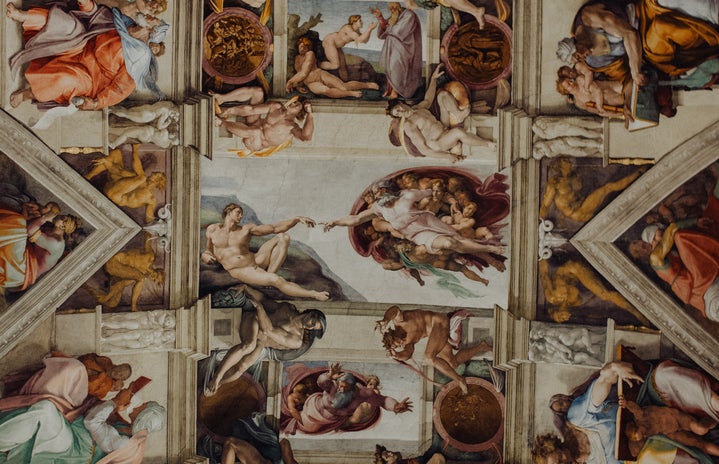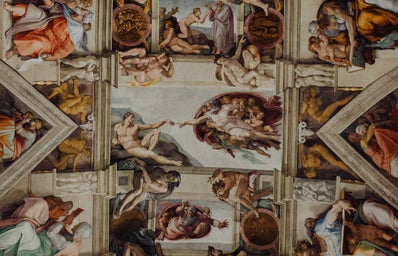Recently, I visited Markos Kay’s most recent work, ‘Latent Spaces’ at the experimental art hub in North London called ‘Illusionairies’. It was a mesmerising presentation of digital artistry, featuring three rooms with a surreal colourful explosion of art.
As I entered the exhibition, the mood of the room was sombre but lit up by tones of blue, purple and green stemming from fairy lights. Exposed to the entrancing vibrancy of his art, I was immediately transported to a more peaceful dimension, isolated from the rush of Canary Wharf’s corporate world and the distracting sounds of London traffic. From the start, it seemed apparent that Kay’s intention was to elicit a calmed reaction from the viewers, allowing us to revel in the almost-silence, as our eyes commenced on a journey full of optical and mind-bending illusions.
The first room included hypnotising visual effects, with images of fake plants, animals and openings which shifted and danced before my eyes, creating unexpected and intricate bursts of colour and geometry. There was also a soothing, ever-present melody playing, which added to the overall tranquillity of the room. As a result, this captivating space left all the visitors speechless, as we sat on the carpet floor admiring the visuals presented to us.
The second room, coated in a sort of reflective sheet, showcased images of what seemed to be inspired by microorganisms and germs combined with a theme of hallucinatory euphoria. The slow-paced movements of these images added to the intensity of the experience, as I could focus on a specific shape or texture and follow its trajectory before it was replaced by another. The art also had a fascinating effect as certain details in the images would become warped and distorted, providing multiple stimuli simultaneously.
Lastly, we entered a room where the ground was covered in black pebbles. There were also pillows resembling rocks scattered around the space for the comfort of viewers. Coupled with serene music, the room had an extremely undisturbed vibe. As I sat down in the back of the room, my attention was drawn to the light emanating from a circle at the centre of the room. Once again, images of epic digitally illustrated patterns appeared. Notably, a sort of multi-coloured fly-resembling creature, with a headpiece resembling a crown, was seen leaning towards and away from the viewers, which helped bring the media to life.
The exhibition also featured a small section illustrating the evolution of technology leading to the emergence of artificial intelligence. I thought it was interesting how Kay was questioning the place of technology in our lives and whether it was possible to hold onto our humanity in a world which seems to be becoming progressively less natural. Thus, this part of the exhibition particularly stood out to me, as it raised crucial questions about the future and highlighted a relevant debate around the advancement of technology. In fact, it seemed especially relevant with the recent news of Elon Musk’s Neuralink project, as one image in the exhibition featured a portrait of a woman with a microchip on her head. Ultimately, I would recommend this exhibition to anyone who has an interest in digital art, exploring their subconscious, or is just keen on seeing colourful images on display. It provides a break from the oftentimes loud and chaotic city, as you are immersed in a calming environment, soaking up all the wonder in front of you.


